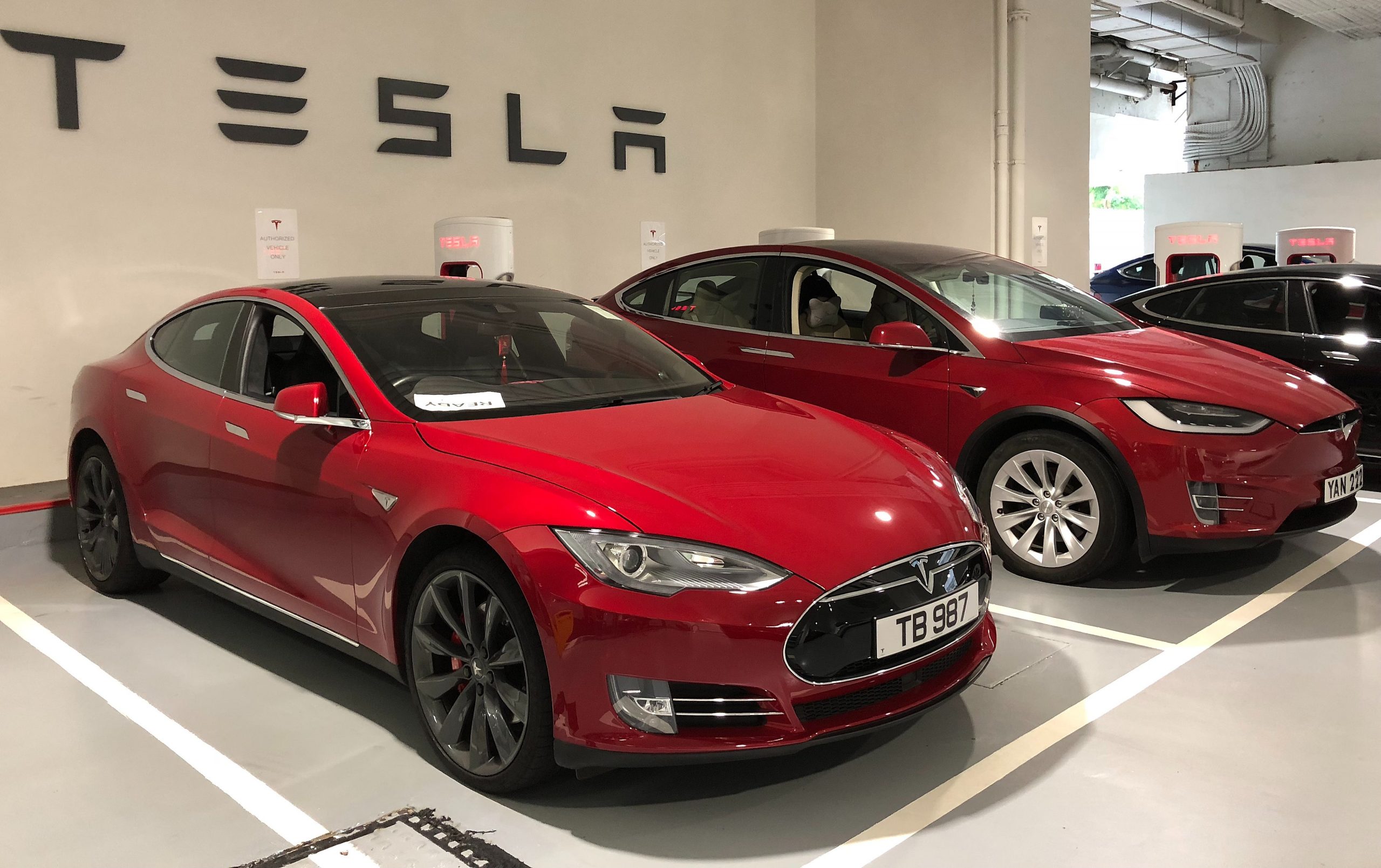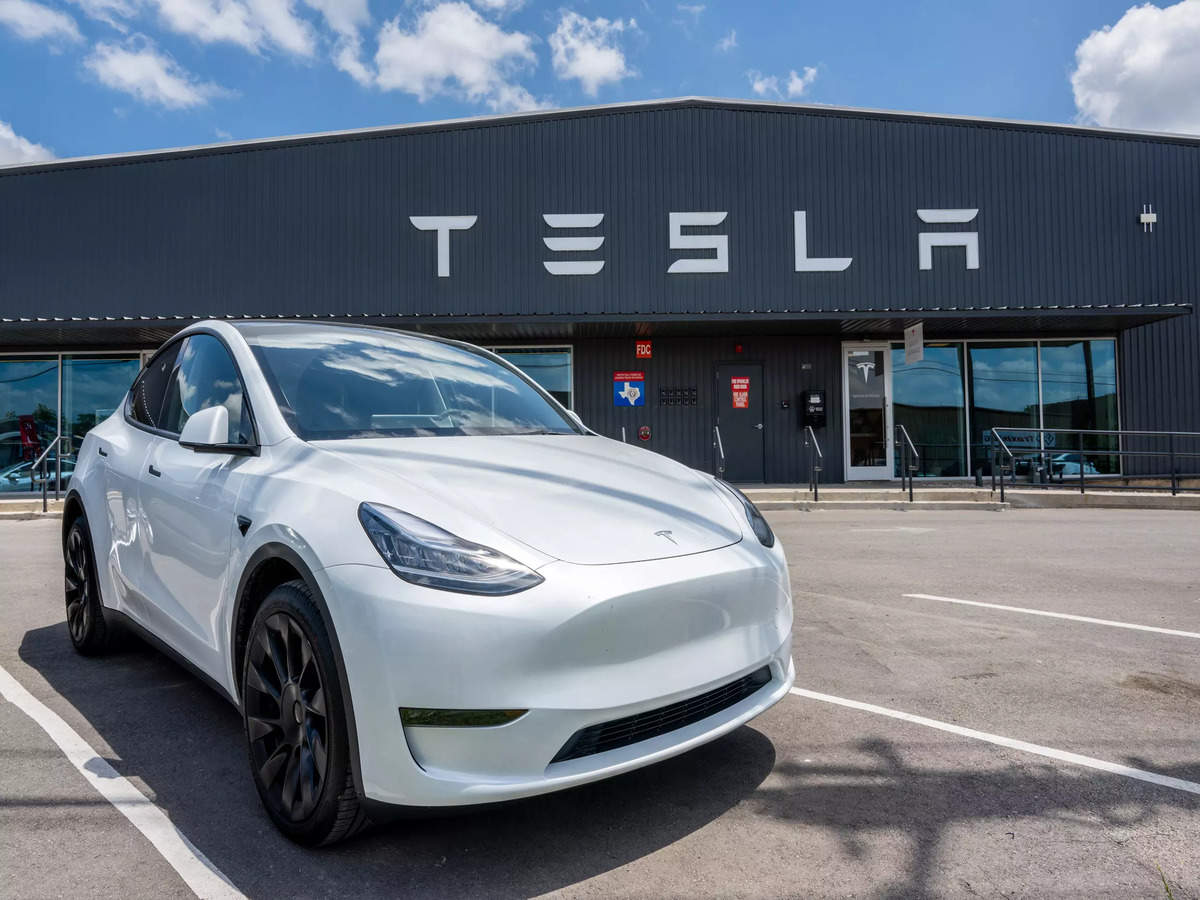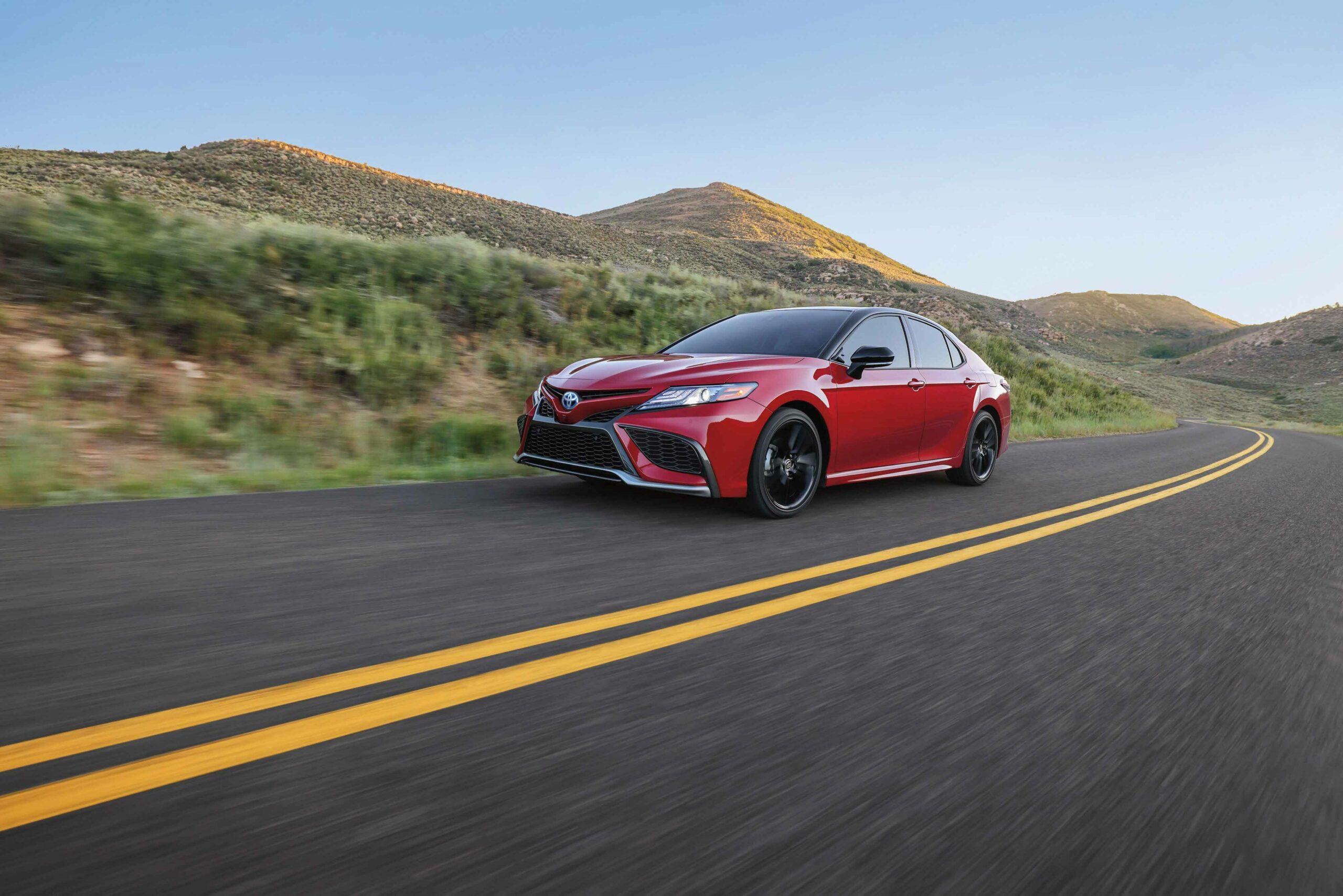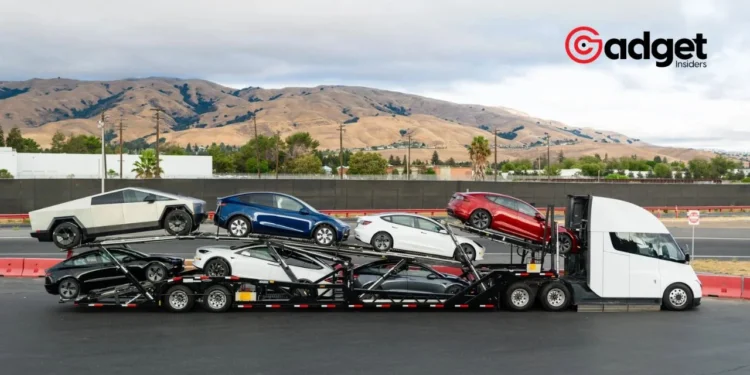As the electric vehicle (EV) industry navigates through its evolution, Tesla continues to lead with a distinctive edge in brand loyalty among American consumers. This pivotal role by Tesla underscores a broader shift towards electrification in the U.S. automotive sector.

Tesla’s Exceptional Brand Retention: A Market Leader
Recent insights from Bloomberg Intelligence reveal that Tesla’s brand retention rate stands at an impressive 87%, significantly higher than other key players in the industry like Lexus and Toyota.
This stark contrast not only demonstrates the company’s strong hold on its existing customer base but also its ability to outpace traditional automotive giants.

The EV giant’s appeal is further amplified by its ability to attract new customers, with 81% of prospective Tesla buyers transitioning from competing brands.
This influx of new consumers from other automakers highlights the brand’s magnetic pull in the EV market.
Consumer Trends Favoring Electric Vehicles
The Bloomberg Intelligence survey, conducted among 1,000 adults planning to buy or lease a new car within the year, shows a growing consumer interest in electric vehicles.
Forty-two percent of respondents are considering an EV for their next purchase, signaling a shift in consumer preferences towards more sustainable and innovative vehicle options.
Tesla Leads with Unmatched Brand Loyalty in the US https://t.co/HQalQUfZgv.
— Drive Tesla 🇨🇦 (@DriveTeslaca) April 10, 2024
However, the journey towards widespread EV adoption is not without obstacles. Despite the enthusiasm for electric cars, concerns such as charging infrastructure, range anxiety, and long charging durations pose significant challenges.
Yet, the data suggests a strong “fuel-type stickiness,” with 93% of current EV owners likely to opt for an electric powertrain in their next vehicle purchase, indicating a robust future for EVs as drivers recognize their benefits.
The Road Ahead for EV Adoption
The penetration of Battery Electric Vehicles (BEVs) in the U.S. market is expected to hit 25% by the end of the decade, driven by forthcoming affordable models from Tesla, GM, and Stellantis. These new entries are designed to attract a broader market base, addressing the demand for more accessible EV options.

Comparatively, China, with a 23% BEV market penetration, boasts an average charge point per BEV nearly five times higher than the U.S. This stark difference highlights the urgent need for advancements in the U.S. charging infrastructure to support and accelerate EV adoption.
In summary, while the path to full EV adoption is fraught with challenges, the enthusiasm among American consumers, combined with the brand’s strong market presence and the anticipated increase in affordable models, paints a promising picture for the future of electric vehicles in the U.S.
As Tesla continues to lead, the entire automotive industry moves toward a more electrified future.










